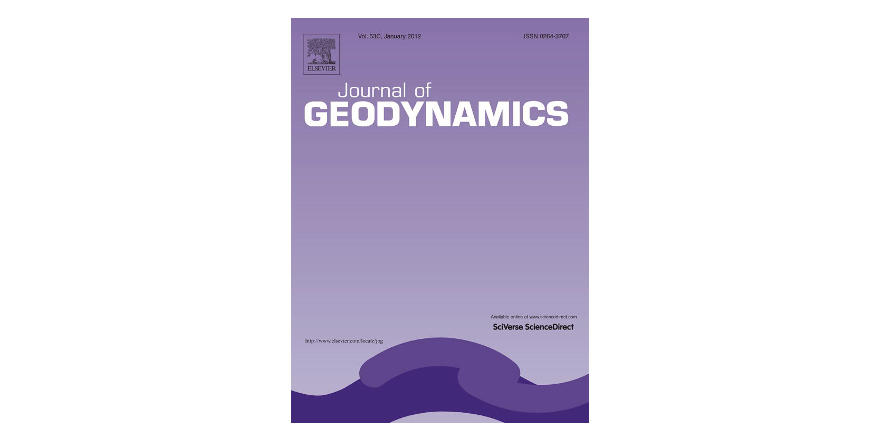Raised Holocene paleo-shorelines along the Capo Vaticano coast (western Calabria, Italy): evidence of co-seismic and steady-state deformation
Journal of Geodynamics
C.R Spampinato et al., 2014, Vol. 82, pag. 178–193
Abstract
Detailed mapping of geomorphological and biological sea-level markers around the Capo Vaticano promontory (western Calabria, Italy), has documented the occurrence of four Holocene paleo-shorelines raised at different altitudes.
The uppermost shoreline (PS1) is represented by a deeply eroded fossiliferous beach deposit, reaching an elevation of ∼2.2 m above the present sea-level, and by a notch whose roof is at ∼2.3 m.
The subjacent shoreline PS2 is found at an elevation of ∼1.8 m and is represented by a Dendropoma rim, a barnacle band and by a wave-cut platform.
Shoreline PS3 includes remnants of vermetid concretions, a barnacle band, a notch and a marine deposit, and reaches an elevation of ∼1.4 m.
The lowermost paleo-shoreline (PS4) includes a wave-cut platform and a notch and reaches an elevation of ∼0.8 m.
Radiocarbon dating of material from individual paleo-shorelines points to an average uplift rate of 1.2–1.4 mm/yr in the last ∼6 ka at Capo Vaticano.
Our data suggest that Holocene uplift was asymmetric, with a greater magnitude in the south-west sector of the promontory, in a manner similar to the long-term deformation attested by Pleistocene terraces.
The larger uplift in the south-western sector is possibly related to the additional contribution, onto a large-wavelength regional signal, of co-seismic deformation events, which are not registered to the north-east.
We have recognized four co-seismic uplift events at 5.7–5.4 ka, 3.9–3.5 ka, ∼1.9 ka and <1.8 ka ago, superposed on a regional uplift that in the area, is occurring at a rate of ∼1 mm/yr.
Our findings places new constrains on the recent activity of border faults south of the peninsula and on the location of the seismogenic source the 1905 destructive earthquake.
Detailed mapping of geomorphological and biological sea-level markers around the Capo Vaticano promontory (western Calabria, Italy), has documented the occurrence of four Holocene paleo-shorelines raised at different altitudes.
The uppermost shoreline (PS1) is represented by a deeply eroded fossiliferous beach deposit, reaching an elevation of ∼2.2 m above the present sea-level, and by a notch whose roof is at ∼2.3 m.
The subjacent shoreline PS2 is found at an elevation of ∼1.8 m and is represented by a Dendropoma rim, a barnacle band and by a wave-cut platform.
Shoreline PS3 includes remnants of vermetid concretions, a barnacle band, a notch and a marine deposit, and reaches an elevation of ∼1.4 m.
The lowermost paleo-shoreline (PS4) includes a wave-cut platform and a notch and reaches an elevation of ∼0.8 m.
Radiocarbon dating of material from individual paleo-shorelines points to an average uplift rate of 1.2–1.4 mm/yr in the last ∼6 ka at Capo Vaticano.
Our data suggest that Holocene uplift was asymmetric, with a greater magnitude in the south-west sector of the promontory, in a manner similar to the long-term deformation attested by Pleistocene terraces.
The larger uplift in the south-western sector is possibly related to the additional contribution, onto a large-wavelength regional signal, of co-seismic deformation events, which are not registered to the north-east.
We have recognized four co-seismic uplift events at 5.7–5.4 ka, 3.9–3.5 ka, ∼1.9 ka and <1.8 ka ago, superposed on a regional uplift that in the area, is occurring at a rate of ∼1 mm/yr.
Our findings places new constrains on the recent activity of border faults south of the peninsula and on the location of the seismogenic source the 1905 destructive earthquake.






